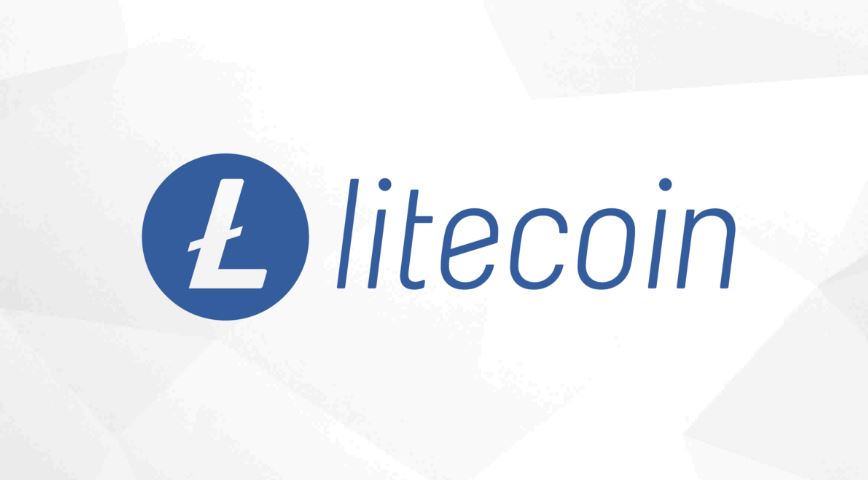
Litecoin
Litecoin is a decentralized cryptocurrency created by Charlie Lee, a former Google engineer, in 2011. It was designed to be a "lighter" version of Bitcoin, with faster transaction times and lower transaction fees, making it more suitable for smaller, everyday payments. Like Bitcoin, Litecoin operates on a peer-to-peer network and utilizes a blockchain to record all transactions. However, it uses a different hashing algorithm called Scrypt, which is less resource-intensive than Bitcoin’s SHA-256, allowing for faster block generation.
Litecoin’s total supply is capped at 84 million coins, four times more than Bitcoin's maximum supply of 21 million. The average block time on the Litecoin network is about 2.5 minutes, significantly shorter than Bitcoin’s 10-minute average, which contributes to faster transaction confirmation times. Litecoin's mining rewards undergo halving events approximately every four years, reducing the reward miners receive for processing transactions and adding blocks to the blockchain.
As one of the earliest altcoins, Litecoin has been adopted by various merchants and platforms as a form of payment. Its development and updates are managed by the Litecoin Foundation, a non-profit organization that supports the growth and use of the cryptocurrency. The foundation is headquartered in Singapore and collaborates with developers and businesses globally to promote Litecoin’s use and ensure its scalability and security.
Litecoin is traded on most cryptocurrency exchanges and is widely used for transferring value due to its liquidity and faster transaction speeds compared to Bitcoin. Its market value has fluctuated significantly over time, attracting both long-term investors and short-term traders.







